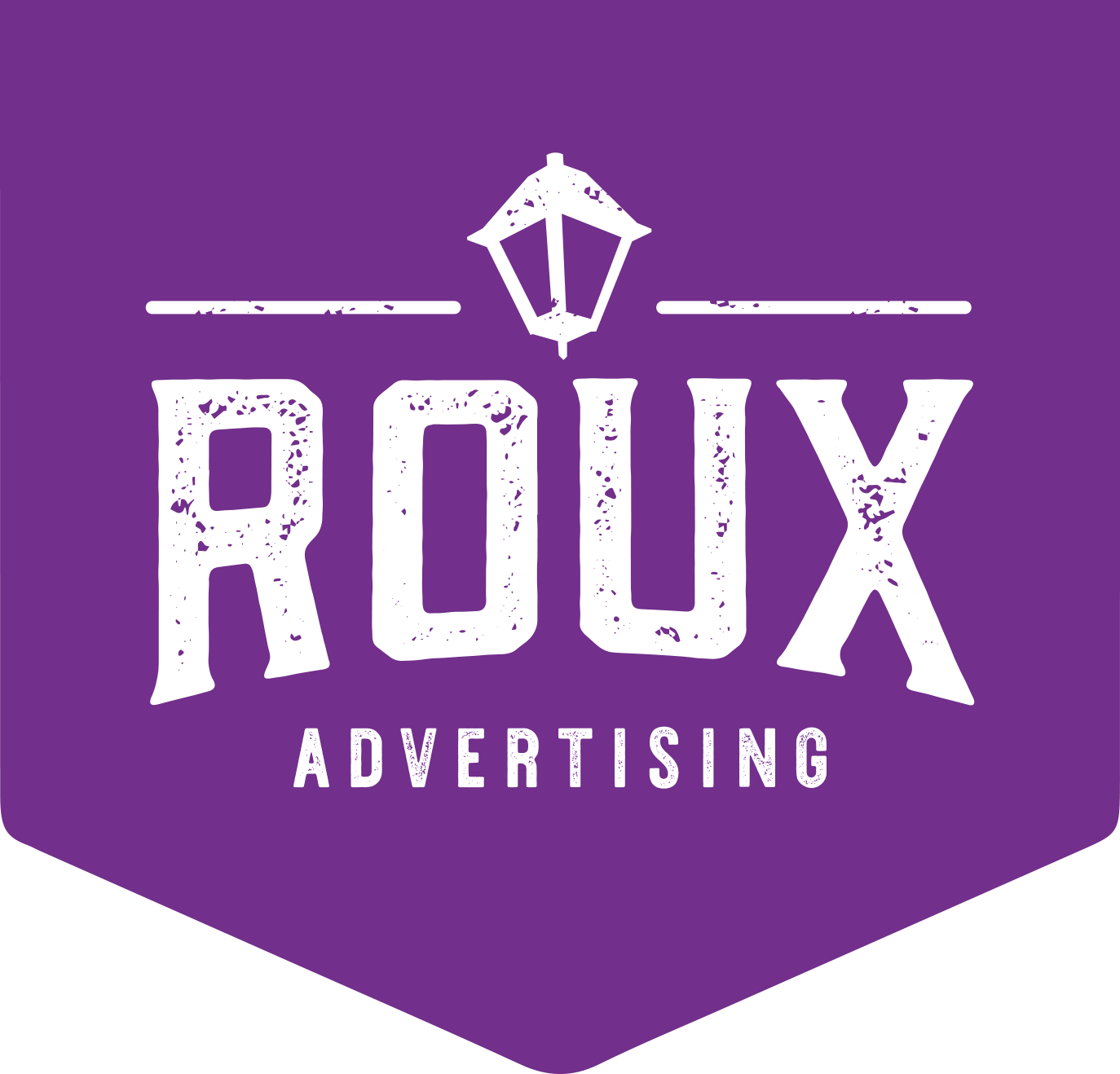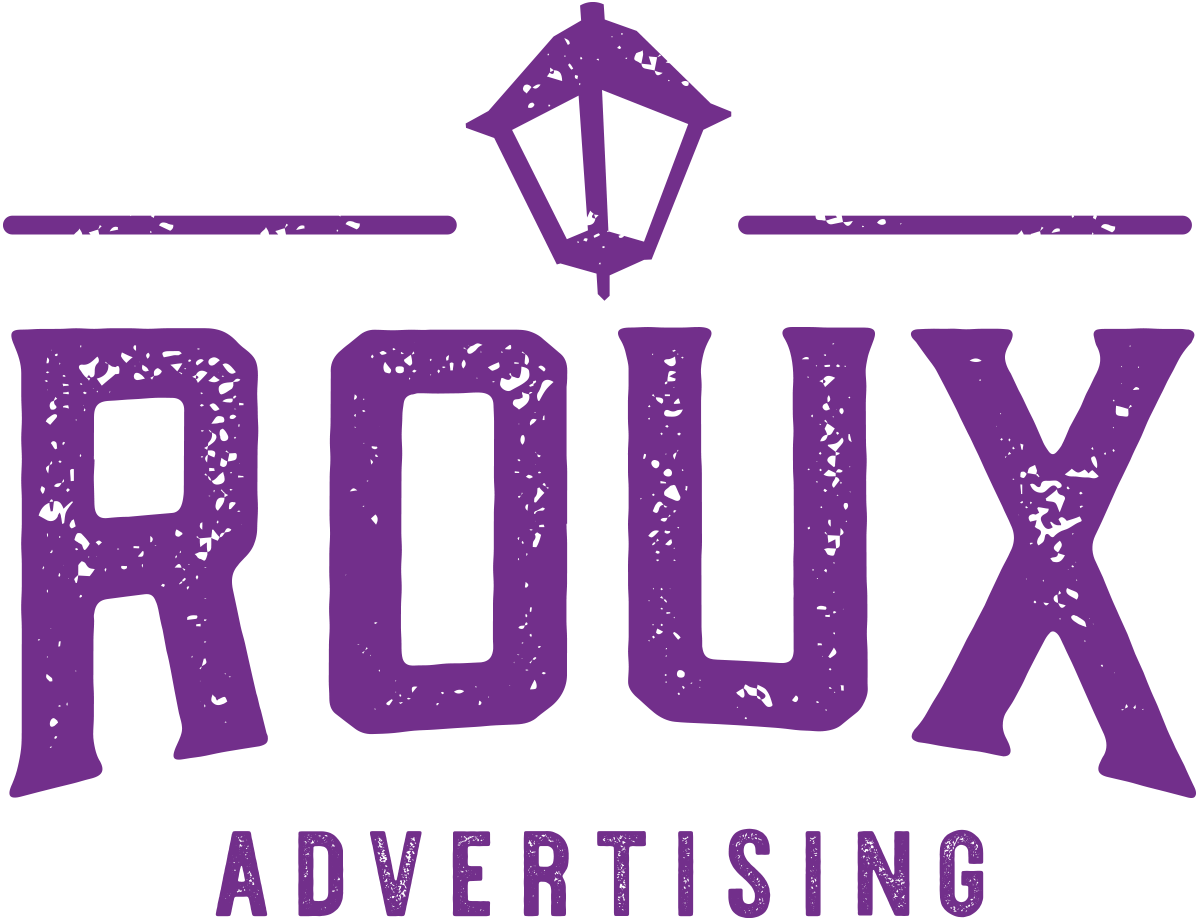As a society, we’ve become inseparable from our devices, and as consumers, we have expectations for the businesses we interact with on these devices. Combined, these patterns make social media an exceptional tool for building business.
In healthcare, for instance, 72% of patients will only choose a doctor with a 4-star review or higher, and 41% of people said social media affects their choice of provider. A vast 79% of consumers expect businesses to respond to a message on social media within 24 hours. Social media simply can’t be ignored.
More than a communication tool, social media is a system with several advantages; you can manage your brand, build public awareness, and acquire new customers all at once. These advantages arm you with incredible control to steering your law firm’s marketing and deliver an edge over the competition when done correctly.
Let’s look at how you can link social media metrics to support and achieve your business goals, like lifting monthly calls, reducing marketing costs, and improving perception and satisfaction with clients.
Business Goals
At the end of the day, you’re trying to capture a larger market share—you’re trying to sell your law firm’s services. So how do we bridge the gap between social media metrics and your firm’s goals? Let’s identify the bottom-line impacts of your metrics.
Here’s what can be tracked:
- general engagement (likes, comments, shares, clicks, etc.)
- audience growth (follower count, reach, segmentation)
- web traffic (referrals, time on site, conversions)
- brand awareness (mentions, sentiment, reputation)
- customer engagement (feedback, reviews).
Yes, these are marketing metrics traditionally associated with digital campaign executions. But if you look closely, you’ll see how these five metrics align with business goals like increasing community participation, expanding your reach, driving more conversions, differentiating from competitors, and improving customer satisfaction and loyalty.
Picture a funnel—at the top, branding appeals to a broad audience. If your goal is more brand awareness, you focus on expanding reach with content such as graphics. Expanded reach achieves more eyeballs, more people knowing about your law firm’s brand. When more people know about your firm, talking about it and even referring it to friends and family, your awareness grows.
Next in the funnel is interest—if you want more top-of-mind positioning or perception, you focus on ways to connect and incorporate more engaging content like videos and articles. These are long-form content that requires greater interest and frankly, effort on the part of the audience. The thought process is if they are going to a higher level of effort to learn about your law firm, odds are they have a significant interest and need. More than likely they were injured in an accident or have a similar situation requiring legal representation.
Once convinced, your audience reaches the final stage of the funnel—action—and becomes customers. By creating the perfect post or paid social ad with a hard-hitting call to action, you’re encouraging your audience to take that final step. The call to action is convincing and delivers a sense of urgency for them to act now. You’re asking for the business and moving your next law firm client through the customer journey to a point of making that call.
The most important aspect of gaining traction in social media, is setting the right goals, and—as 101 as this sounds—ensuring they’re SMART: specific, measurable, achievable, relevant, and time bound. Examples might include increasing your followers by 50% by your third quarter or increasing your landing page conversions by 20% by quarter four. Lowball if you need to, and tweak, tweak, tweak.





